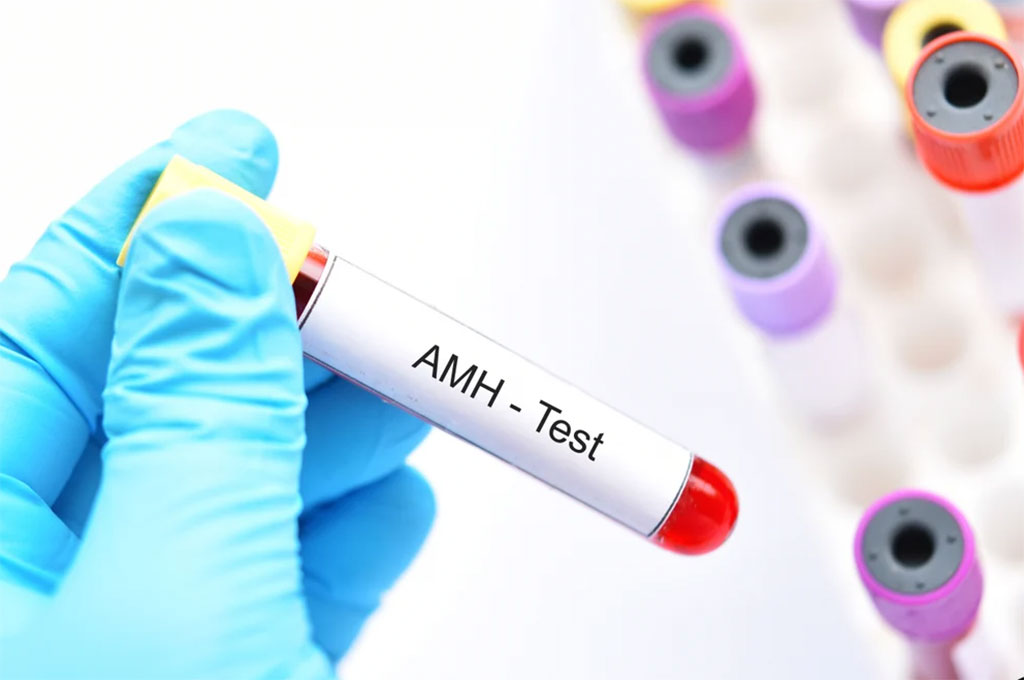Anti-Müllerian Hormone Linked to Lipid Levels in Midlife Women
Posted on 21 Dec 2022
Throughout the period before, during and after menopause, also known as the menopause transition, midlife women are at a heightened risk for cardiovascular disease with changes in their lipid levels, such as a sharp increase in low-density lipoprotein cholesterol (LDL-C).
Anti-Müllerian hormone (AMH), also known as Müllerian-inhibiting hormone (MIH), is a glycoprotein hormone structurally related to inhibin and activin from the transforming growth factor beta superfamily, whose key roles are in growth differentiation and folliculogenesis.

Scientists at the University of Pittsburgh (Pittsburgh, PA, USA) evaluated the independent associations of premenopausal AMH and E2 levels and their changes with lipids/lipoproteins levels [total cholesterol (TC), triglyceride (TG), LDL-C, high-density lipoprotein cholesterol (HDL-C), apolipoprotein B (apoB) and apolipoprotein A-1 (apoA-1)] over the menopause transition (MT).
The study included 1,440 women (baseline-age: mean ± SD=47.4 ± 2.6) with data available from up to nine visits (1997-2013). Lower premenopausal levels and greater declines in AMH were independently associated with greater TC and HDL-C, whereas lower premenopausal levels and greater declines in E2 were independently associated with greater TG and apoB and lower HDL-C. Greater declines in AMH were independently associated with greater apoA-1, and greater declines in E2 were independently associated with greater TC and LDL-C.
Samar R. El Khoudary, PhD, MPH, Professor of Epidemiology and senior author of the study, said, “AMH can be used to measure how long your ovaries can keep producing eggs. The more eggs there are the higher AMH; the fewer eggs, the lower the level of AMH. When the levels become very low, we can use it to predict menopause. We wanted to understand the mechanism behind lipid changes during the menopause transition and understand how this new biomarker, AMH, interacts with estrogen and impacts lipids.”
The authors concluded that AMH and E2 and their changes over the MT relate differently to lipids/lipoproteins profile in women during midlife. Lower premenopausal and/or greater declines in E2 over the MT were associated with an atherogenic lipid/lipoprotein profile. On the other hand, lower premenopausal AMH and/or greater declines in AMH over the MT were linked to higher apo A-1 and HDL-C; the later found previously to be related to a greater atherosclerotic risk after menopause. The study was published on November 21, 2022 in the Journal of Clinical Lipidology.
Related Links:
University of Pittsburgh







 Analyzer.jpg)





